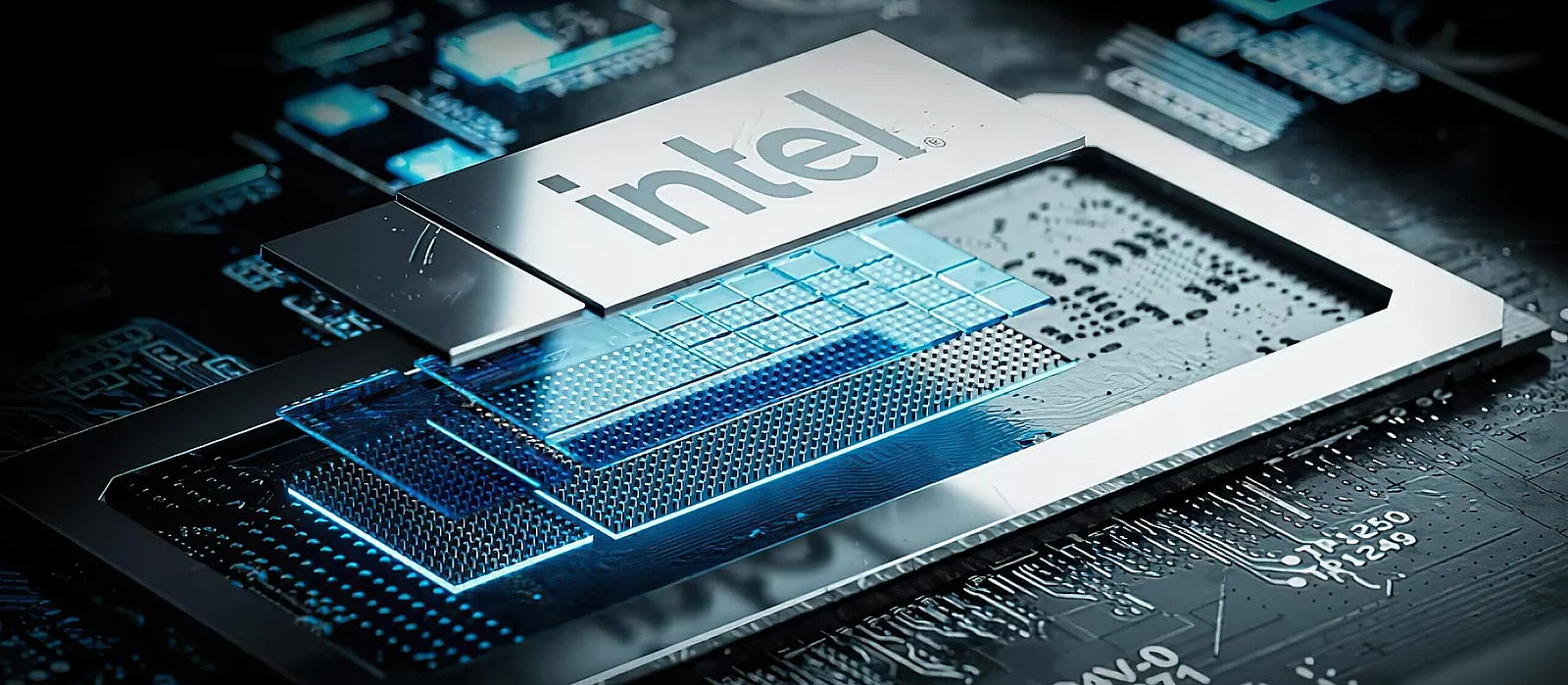New Intel CEO Plans to Restart the Processor Race

Intel, under the direction of its new CEO Lip-Bu Tan, is preparing to emerge from a prolonged crisis. In a letter to shareholders, Tan confirmed that the first Panther Lake chips, built on Intel’s cutting-edge 18A process node, will arrive in 2025. Nova Lake, an architecture capable of doubling performance through an unprecedented core count, is set to debut in 2026.
The first step will be the Panther Lake processor, aimed at laptops and hybrid devices. Reports suggest it will utilize 18A technology with RibbonFET and PowerVia solutions, combining gate-all-around transistors and backside power delivery for the first time in the industry. This is expected to boost energy efficiency by 20% while reducing heat output—critical for portable devices. Insiders report that initial chip samples have already been delivered to partners, including Lenovo.
The centerpiece of Intel’s future development will be the Nova Lake architecture, which, according to leaks, will feature up to 16 high-performance (P-Core) and 32 energy-efficient (E-Core) cores. This represents a twofold increase over Intel’s current flagship models. Nova Lake will be multiplatform, appearing in both desktop PCs and servers. For the latter, Intel is developing Clearwater Forest with 288 E-Cores, using Foveros Direct 3D packaging technology.
By abandoning the 20A process in favor of 18A, Intel has been able to focus on improvements. Tan stated that 18A will increase performance per watt and transistor density by 15%. However, the company is already looking ahead: the 14A process, currently in development, promises an additional 15–20% boost thanks to photonics optimization and new materials. Interestingly, Nova Lake may become the first hybrid project to integrate both internal and external 14A technologies.
Intel is expected to reveal more details about partnerships and product release timelines at the Vision 2025 event on March 31. Analysts predict that Panther Lake and Nova Lake will not only help Intel regain its foothold in the consumer market but also set new standards for data centers, where Intel currently handles 75% of workloads.
-
Intel promises safe overclocking through IPO in updated CPUs
-
Intel Unveils Panther Lake — First Details on Core Ultra 300
-
Intel Claims AMD and NVIDIA Put Users at Risk Due to Unpatched Vulnerabilities
-
Mistake or Prototype? Intel Core i9-15900K Spotted in Geekbench
-
Intel Revises Its Discrete Graphics Card Plans

